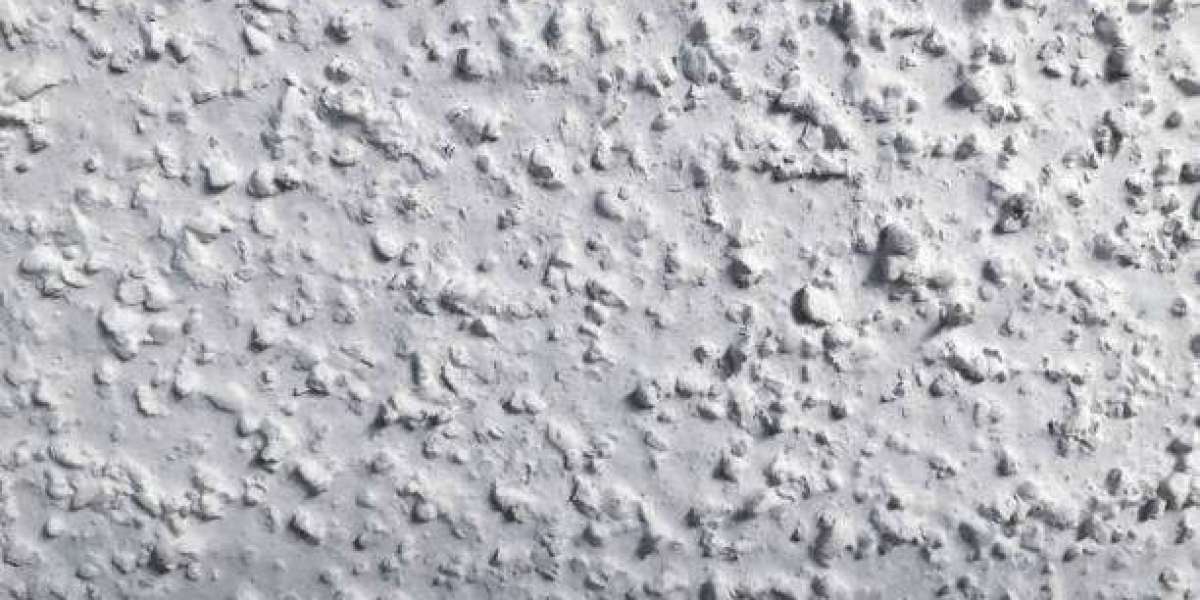Lead-based paint has been a significant concern for homeowners and renters, especially in older properties. The dangers associated with lead exposure can lead to severe health issues, particularly in children. In this article, we will explore the importance of lead-based paint inspections, the processes involved in lead-based paint renovations, and the necessary steps for lead-based paint abatement.
The Importance of Lead-Based Paint Inspections
Lead-based paint inspections are critical for identifying lead hazards in residential and commercial properties. These inspections are particularly necessary in homes built before 1978, the year when the U.S. government banned the use of lead-based paint in residential properties.
Identifying Risks
During a lead-based paint inspection, trained professionals assess the property for the presence of lead paint and its condition. They utilize various testing methods, including X-ray fluorescence (XRF) analyzers, to provide accurate readings. Identifying the risks associated with lead-based paint is essential not only for the health of the occupants but also for complying with local and federal regulations.
Health Implications
Lead exposure can cause a range of health problems, including developmental delays in children, cognitive impairments, and various physical ailments. By conducting thorough lead-based paint inspections, property owners can ensure the safety of their environments, reducing the risk of lead poisoning.
Lead-Based Paint Renovations: Ensuring Safety
Once an inspection reveals the presence of lead-based paint, the next step is often lead-based paint renovations. These renovations must be carried out by certified professionals trained in handling hazardous materials to ensure compliance with safety standards and regulations.
Preparing for Renovation
Before beginning any renovation work, it’s vital to prepare the area properly. This involves sealing off the worksite to prevent the spread of lead dust and debris. Professionals will use plastic sheeting to cover floors, furniture, and any openings to minimize contamination.
Techniques and Methods
There are several methods for lead-based paint renovations, including:
Encapsulation: This involves applying a special coating over the lead paint, sealing it and preventing it from chipping or flaking.
Removal: In some cases, the safest option is to remove the lead-based paint entirely. This process is labor-intensive and must be done carefully to avoid releasing lead dust into the air.
Replacement: Replacing components like windows or doors that have lead-based paint is another effective renovation strategy.
Each of these methods requires expertise and adherence to safety guidelines to ensure the health of the residents and the workers involved.
Lead-Based Paint Abatement: Finalizing Safety Measures
Lead-based paint abatement is the process of eliminating lead-based paint hazards. This is often the final step after inspections and renovations have been conducted, ensuring that the property is safe for occupancy.
Understanding Abatement Procedures
Lead-based paint abatement involves several key procedures:
Assessment: A comprehensive assessment is conducted to identify the areas that require abatement.
Planning: A detailed plan is created to outline the steps for removing or containing the lead hazards.
Execution: Certified professionals carry out the abatement work, using specialized techniques to minimize exposure to lead dust.
Clearance Testing: After the abatement work is complete, clearance testing is conducted to ensure that lead levels are below acceptable thresholds.
Regulatory Compliance
It is crucial for property owners to understand and comply with local, state, and federal regulations regarding lead-based paint abatement. Failure to do so can result in legal consequences and further health risks for the occupants.
Conclusion
Understanding the importance of lead-based paint inspections, renovations, and abatement is essential for property owners and renters alike. Regular inspections help identify potential hazards, while professional renovations ensure that any lead-based paint is managed safely. Ultimately, lead-based paint abatement serves as the final safeguard, allowing occupants to enjoy a safe living environment free from the risks associated with lead exposure. By prioritizing these processes, we can protect the health and well-being of our communities and ensure safer homes for everyone.







